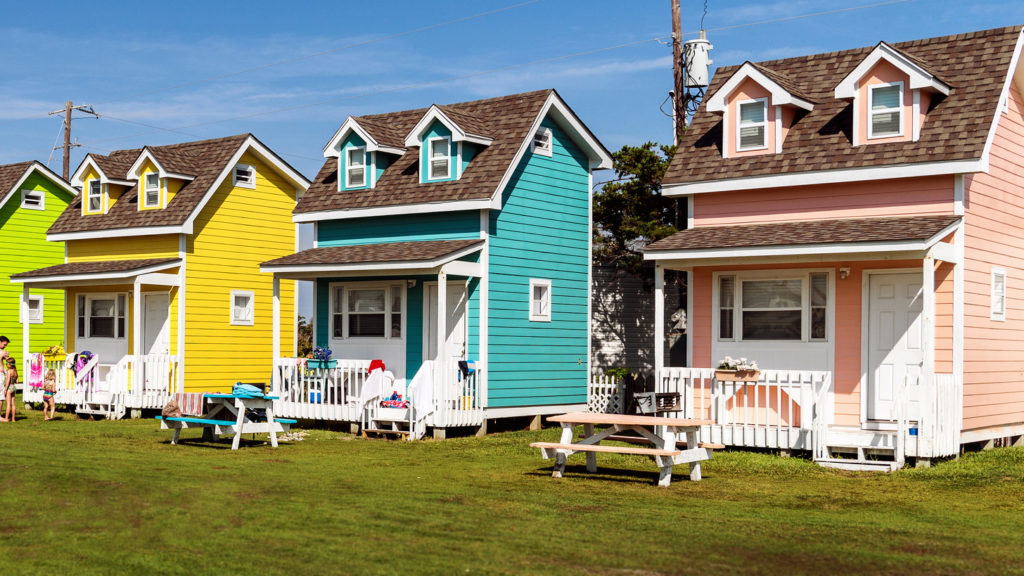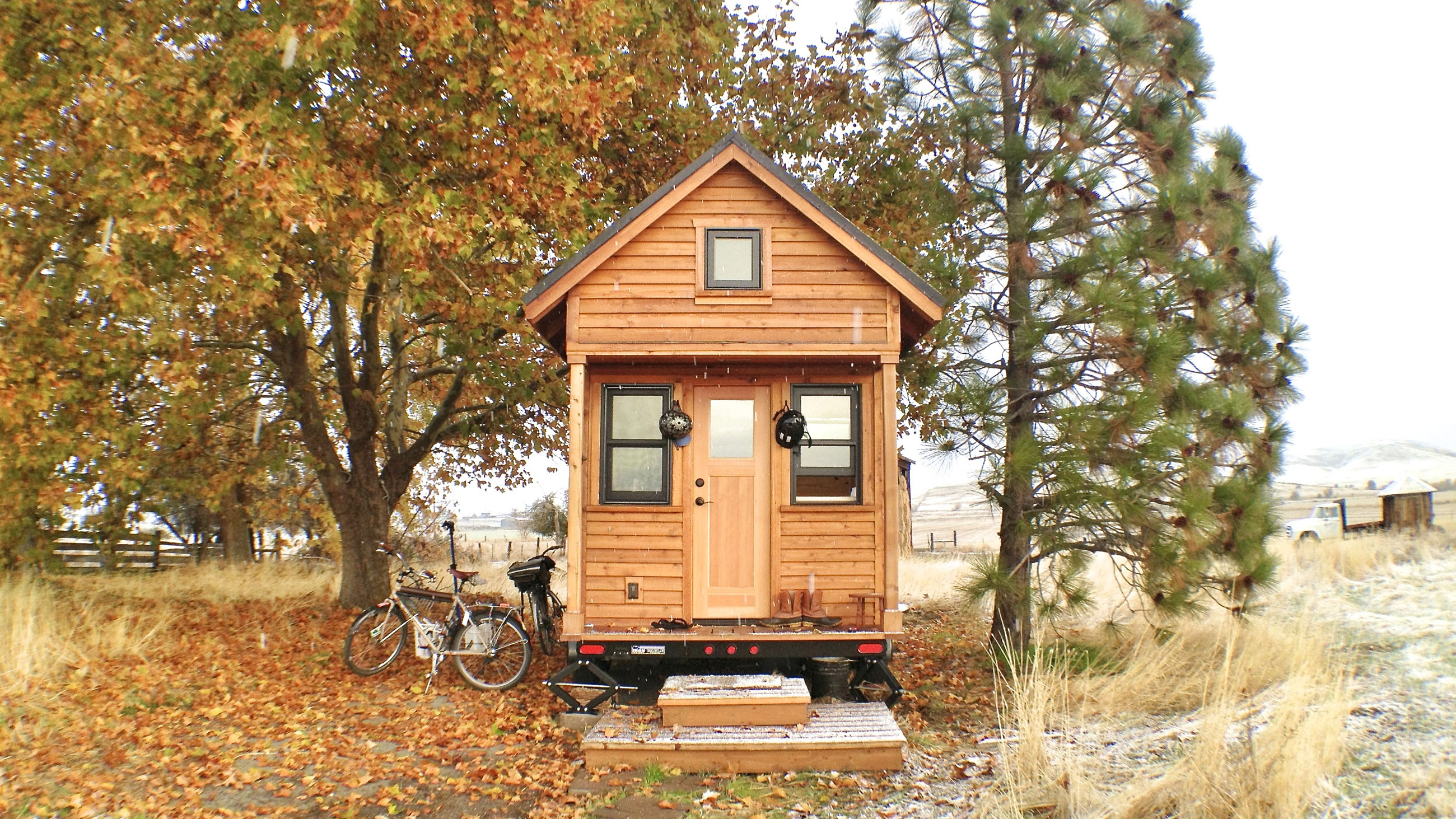The Psychology of Living in Small Spaces
In June, the first residents will move into Carmel Place, New York City’s much anticipated micro-apartment complex — one that its supporters hope will herald a new American embrace of the elegantly miniature lifestyle.

Researchers are still trying to figure out how tiny housing affects our well-being, and not all spaces are created equal. (Visual by Bill Dickinson/Flickr)
But critics see a potentially darker trend. Some contend that tiny homes — which have also been pitched as a solution for housing the homeless — allow developers to exploit desperate urbanites by charging premium prices for increasingly small spaces. Others have raised concerns about a more personal, lasting mental damage. As Jacoba Urist argued in The Atlantic, living in a tiny space can take a psychological toll. “Experts warn that micro-living may not be the urban panacea we’ve been waiting for,” she explained.
The problem with such sweeping statements is that much of the literature on how humans adapt to tight quarters comes from studies looking at crowding, housing instability, and other factors that are more likely to affect a family squeezed into a low-income unit than an individual housed in a sleek-but-small space. What individuals and families need out of housing — access to privacy, security, a quiet space for sleeping, a pleasing design — can be accomplished with limited space. But if we’re talking about housing for the poor and a luxury micro-unit with the same descriptor — “tiny” — scientists say we may be missing the point.
According to Jeni Cross, who studies the intersection of community attachment and place at Colorado State University, the aesthetics and design of a space matter a lot. “In the hospital literature, people heal faster in hospital rooms when they have a view of nature,” she said. “So if you’re thinking about affluent micro-housing and poor micro-housing, it’s not just ‘how many people per square foot,’ but, ‘do they have a view?’”
In other words, not all tiny homes are created equal. A small space occupied by low income residents is more likely to be poorly designed, lack comfortable amenities, and located in neighborhoods without libraries and public green spaces, which accentuate all the problems of living as a family in a tight space, Cross said. There’s a tendency by those who admire tiny spaces to romanticize them, posting, for instance, images of miniature houses nestled into a lace-work of trees and flowers. “Those tiny homes in the rural environment, they’re surrounded by nature,” she noted. “That’s just not comparable to a tiny apartment in a high rise with no windows and surrounded by security bars.”
One of the main concerns about micro-units is the future of their urban residents: What happens after the single dweller of a tiny home marries, or has children? If they’re unable to find a much bigger space, as cities become more crowded and expensive, it might leave them with many not-so-small people sharing a very small space.
It’s also pretty difficult to determine exactly when a residence begins to feel crowded — and what effect it might have when it does. The idea of “crowding” is part cultural construct: A person from Montana is likely to find a space much more crowded than, say, someone from Tokyo. People of different nationalities and backgrounds differ in what size space they find unpleasant.
Still, there is some research suggesting that putting people in tightly-packed living situations can affect their well-being. Housing crowding in adults has been linked to social withdrawal, stress, and aggression. Recent research also suggests there might be a trickle-down effect for children raised in these spaces who, theoretically, might find it difficult to find a quiet, private space to read and complete their schoolwork.
Analysis of U.S. data by two Syracuse University professors found that kids who spent high school in crowded households — defined in the study as a home with more family members than rooms — were less likely to graduate high school and complete college by age 25. The study controlled for socioeconomic factors, suggesting that the lack of space had an isolated effect. “Household crowding during one’s high school years is an engine of cumulative inequality over the life course,” wrote the study’s authors.
But Claudia Solari, a researcher at Abt Associates who has published on the effects of crowding on children, says it’s difficult to isolate housing from income and class. Though her study, which used population data for Los Angeles, controlled for socioeconomic status, she said it’s impossible to be sure that she completely isolated the crowding. Any number of other factors could also be at play. “Perhaps there’s mold that’s creating an adverse effect, which doesn’t come up in the data” she said. “I don’t think we’re ready to be able to definitively say something about adverse effects of small homes on children,” Solari added.











Comments are automatically closed one year after article publication. Archived comments are below.
We all need some personal space and alone time, especially when growing up. Tiny homes could be fantastic for single or retired people but kids go through a lot growing up. They need alone time to process it.